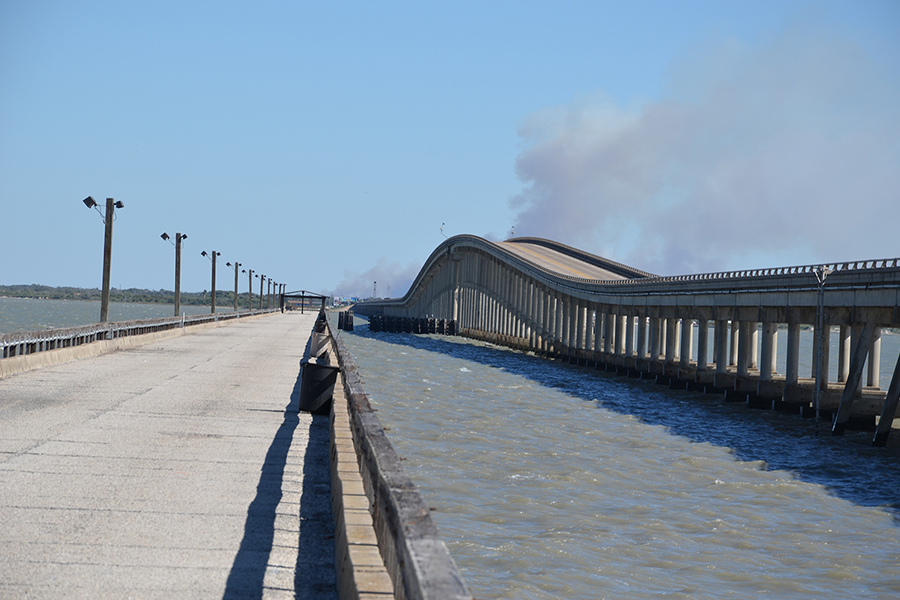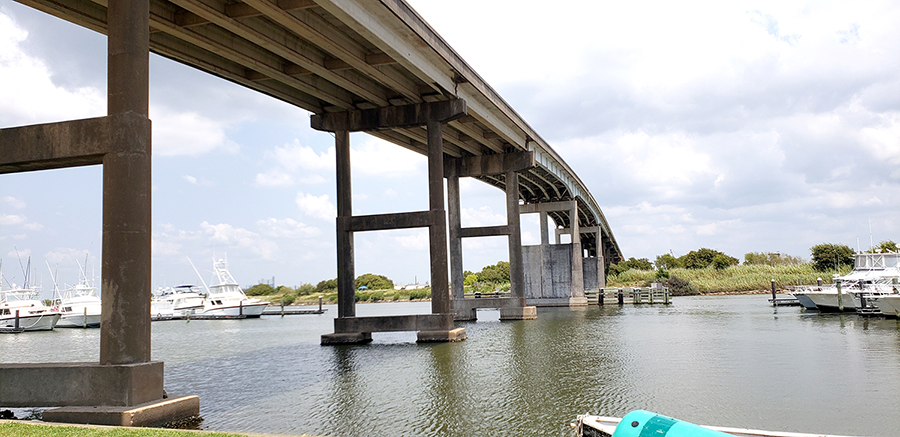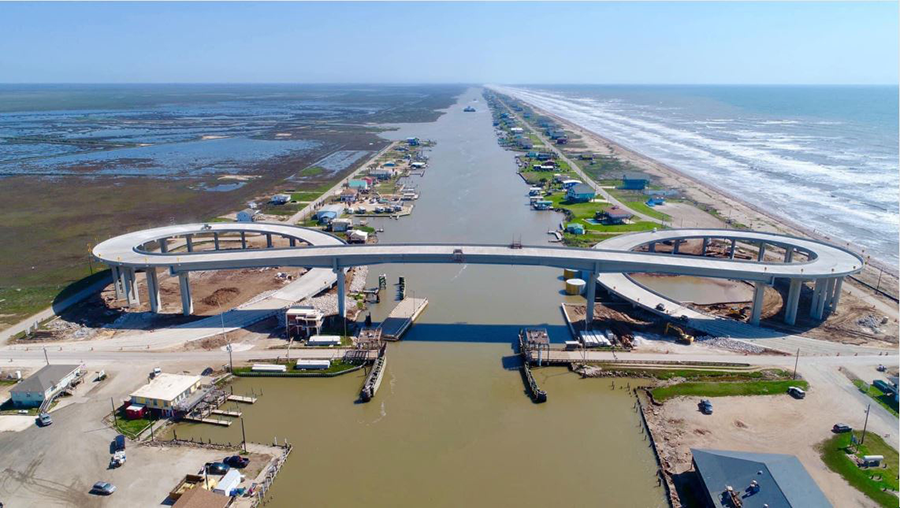As a district staff member, consultant, or contractor that must coordinate a transportation project with the United States Coast Guard (USCG), you may have a few questions. Use the information below to get a better sense of what is required when you coordinate with the USCG.
Frequently asked questions (FAQs)
- Bridge permits and navigational lighting authorizations are typically issued for projects over waterways that are used day and night by commercial vessels or vessels that are more than 21 feet long. The bridge permit and bridge lighting plan are separate applications.
- USCG Bridge Permit Application Guide
- Contact the USCG in New Orleans to arrange a pre-app meeting with the USCG and ask if they would like to meet at the project site so all district and division staff that will be involved in the design, permitting, and construction can be informed as to what is required from the USCG.
- During the design and bridge permitting process it is crucial that all bridge plan sets adhere to the current USCG Bridge Permit Application Guide (BPAG).
- Please reference the USCG approved plan sets located on this page.
- Complete the USCG Bridge Permit application by adhering to the USCG BPAG and completing the required navigational study, NEPA document, agency coordination, technical reports, and complete set of bridge plans.
- It is important to remember that the USCG’s 180-day review clock does not begin until the USCG determines that they have a complete bridge permit application and the necessary, complete supporting documentation (NEPA document, agency coordination, technical reports, complete set of bridge plans).
- Bridge Permit Exemption Request Questionnaire
- 144(c) applies if:
- The bridge/causeway located over tidal waters.
- The waterway is used primarily by small recreational vessels or vessels less than 21 feet in length (recreational boating, fishing, and other small vessels).
- The waterway is not used or susceptible to use for interstate or foreign commerce.
- For federally funded projects, TxDOT submits the 144(c) checklist to FHWA for review and approval then FHWA submits the 144(c) checklist to the USCG for final review and approval.
- For non-federally funded projects, TxDOT would submit the 144(c) checklist directly to the USCG.
- Repairs to a bridge which do not alter the clearances, type of structure, or any integral part of the substructure or superstructure or navigation conditions, but which consist only in the replacement of worn or obsolete parts, may, if the bridge is a legally approved structure, be made as routine maintenance without approval of the U.S. Coast Guard Maintenance.
- Bridges constructed under a Coast Guard bridge permit must be maintained in accordance with the applicable Bridge Act, permit conditions and approved plans.
- Any maintenance that will affect navigation will require TxDOT to submit a maintenance plan to the USCG at least two months in advance to allow timely review and coordination with waterway users prior to the start of work.
- If the existing fender system was included in the USCG bridge permit application which was used to approve the construction of the bridge, the USCG will then require a complete USCG bridge permit application for the replacement or removal of the existing fender system.
- If your project is installing a new fender system, it is either part of the bridge construction/replacement, so you are to include the fender system in the USCG bridge permit application and plan sets.
- If your project is installing a new fender system to an existing bridge it is recommended you contact the USCG and ask if the USCG will require a USCG bridge permit or a work plan along with the plan sets for the fender system so they can review and approve the plan and provide a notification to mariners.


